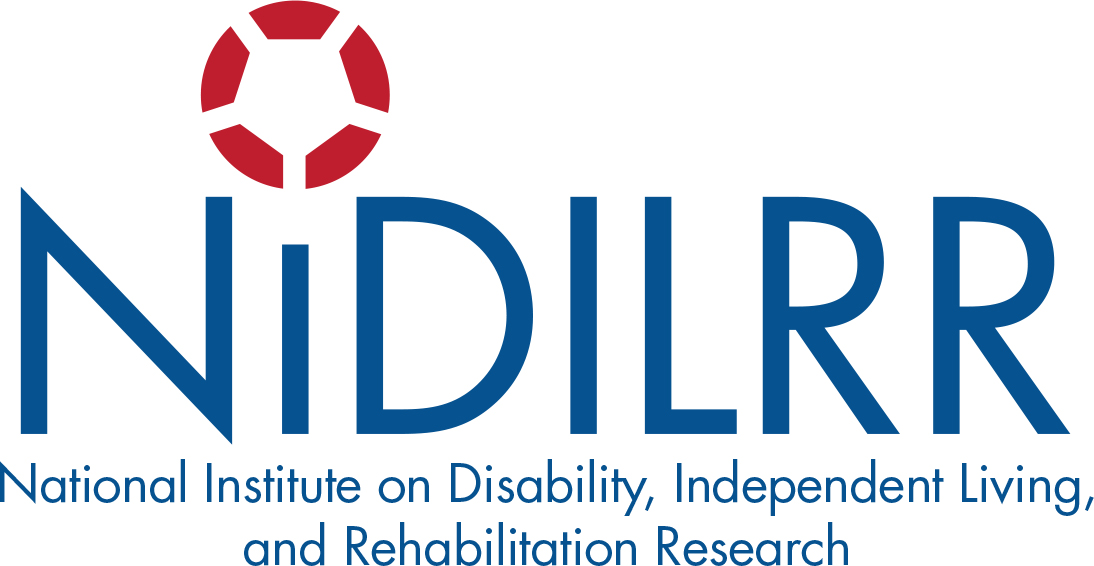- ASIA B = Sensory Incomplete. Sensory but not motor function is preserved below the neurological level and includes the sacral segments S4-S5 (light touch, pin prick at S4-S5: or deep anal pressure, AND no motor function is preserved more than three levels below the motor level on either side of the body.
- ASIA C = Motor Incomplete. Motor function is preserved below the neurological level, and more than half of key muscle functions below the single neurological level of injury have a muscle grade less than 3.
- ASIA D = Motor Incomplete. Motor function is preserved below the neurological level and at least half (half or more) of key muscle functions below the neurological level of injury have a muscle grade greater than 3.
- ASIA E = Normal. If sensation and motor function as tested with the International Standards for Neurological Classification of Spinal Cord Injury are graded as normal in all segments, and the patient had prior deficits, then the AIS grade is E.
Understanding Spinal Cord Injury: Part 1 - The Body Before and After Injury (PDF) (en español)
This fact sheet is intended to be a starting point for understanding the normal functions of the spinal cord and how those functions might change after spinal cord injury. This and other fact sheets from the Model Systems Knowledge Translation Center provide useful health information that is based on research evidence and/or professional consensus and has been reviewed and approved by the SCI Model Systems editorial team of experts.
Understanding Spinal Cord Injury: Part 2 - Recovery and Rehabilitation (PDF) (en español)
Recovery and Rehabilitation is important to returning to functioning back to normal. There is no cure for SCI but you can learn the potential areas for improvement. This and other fact sheets from the Model Systems Knowledge Translation Center provide useful health information that is based on research evidence and/or professional consensus and has been reviewed and approved by the SCI Model Systems editorial team of experts.



